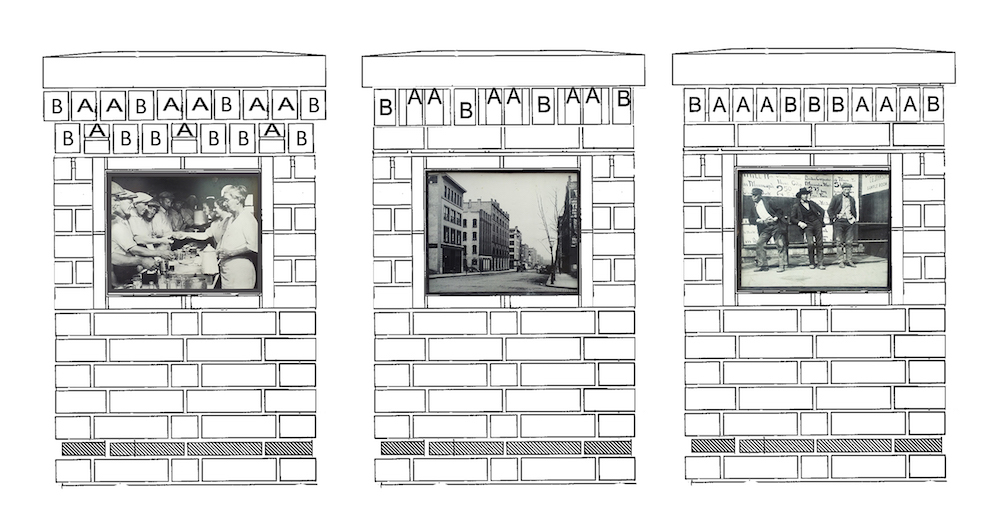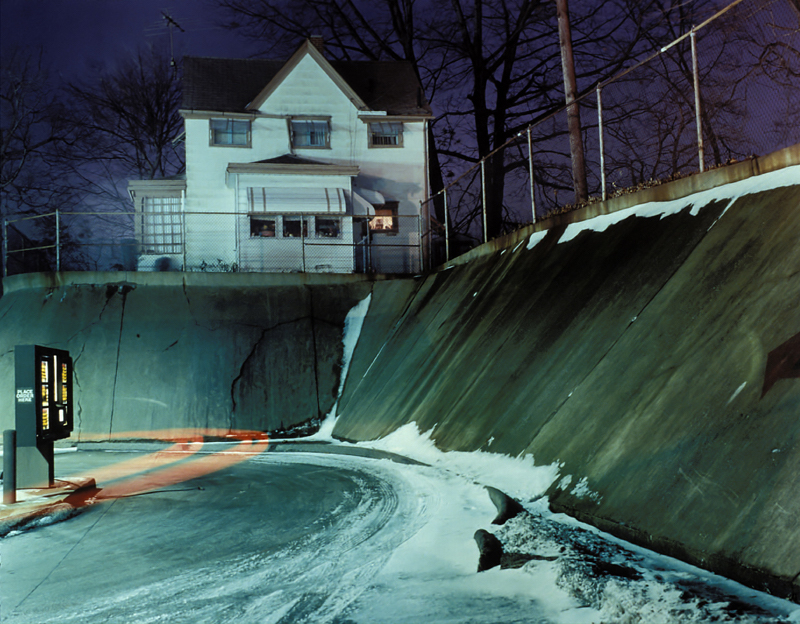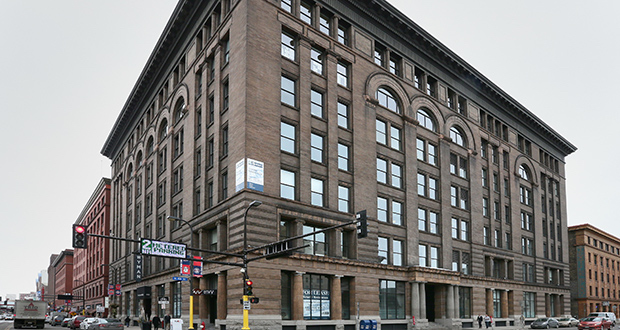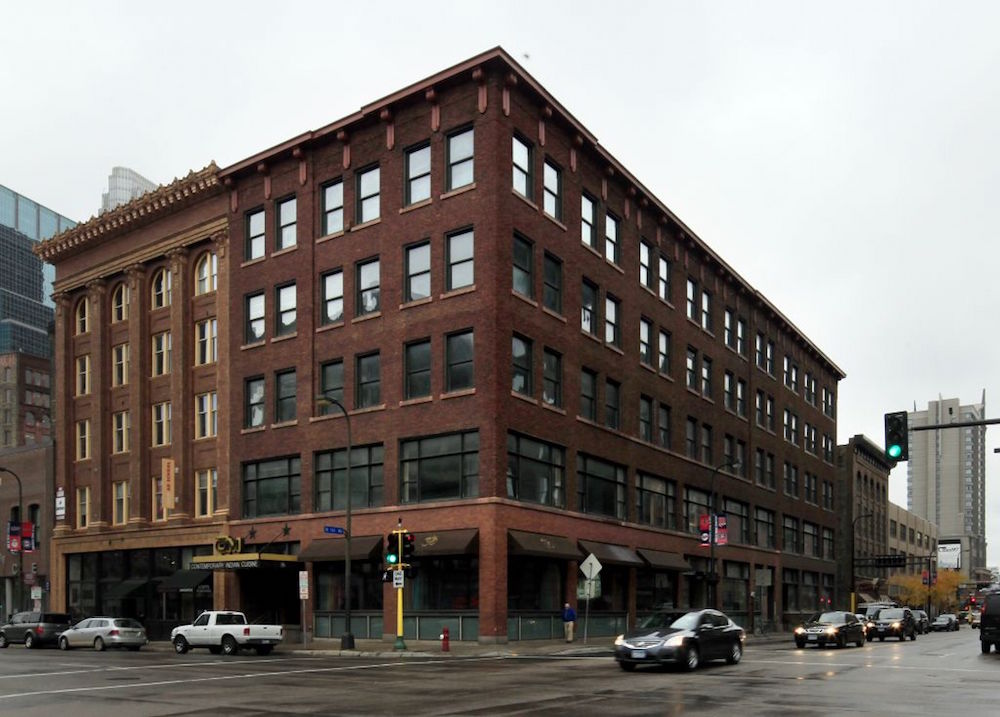Custom porcelain and red earthenware tiles on the sides of five brick seating/leaning walls. Images on tiles (200 small and 10 large) are historical photos from the Minnesota Historical Society of architectural features and life of the Warehouse District.
The five brick walls and pillars that hold the historic photographs have brick designs that reflect the brick warehouses of the Warehouse District. Minneapolis is home to a number of warehouses in a small area that have distinctive brick work with a range of textures. The dentil, the top two brick courses just under the cap of the pillars, as well as the brick pattern on the lower walls, are examples of brick work in the area. The historic photographs are of events of the Warehouse District, including labor strikes, gathered from the Minnesota Historical Society.

Penny Rakoff is a photographer and public artist from Cleveland, OH. Rakoff first became recognized for her color photographs of Florida and NE Ohio taken with long exposures at night, which have been exhibited regionally, nationally, and internationally. In 1991, Rakoff created an installation for the Cleveland Museum of Art's 75th Anniversary celebration called "The Fauve Landscape", which steered her career in a new direction. Since then, she has created numerous permanent and temporary site-specific installations, community projects, and public pieces.
"I enjoy the challenge of researching new materials, thinking of ways to incorporate photography into public spaces, and working with architects and engineers to create art that is conceptually related to its environment and its audience." Rakoff taught photography for 36 years at the University of Akron, and received her M.F.A. at the Rochester Institute of Technology William McCullam is an architect from Newbury, OH.

House on West Market Street, Akron, Ohio, Penny Rackoff
For most of its history, the Minneapolis Warehouse District was an industrial area. It was home to a large railroad yard and numerous warehouses and factories. Much of the Warehouse District (very roughly bounded by 2nd Street North, 1st Avenue North, 6th Street North and the BNSF Railway tracks) is listed on the National Register of Historic Places.

The warehouses that characterize the district are mostly six to eight stories high, and about 62 structures on seven square blocks contribute to the district. The predominant form of design is the Chicago Commercial style, but many other styles were built, including Italianate, Queen Anne style, Richardsonian Romanesque, Classical Revival and early 20th century commercial styles. The Warehouse District was in turn associated with the railroad transportation network that was under development at the time, which connected Minneapolis with the rest of the Midwest and the rest of the country. These warehouses were used for wholesale and storage of goods related to milling and manufacturing. The nomination for the National Register of Historic Places states that the district, as a whole, comprises a cohesive district of buildings with a common physical appearance, as well as a common age and original use.

In the 1980s, the Warehouse District was the epicenter of the Minneapolis art scene until the area's buildings became more commercially desirable in the 1990s. At its peak, the Wyman Building, 400 1st Avenue North, was home to more than 20 contemporary art galleries.